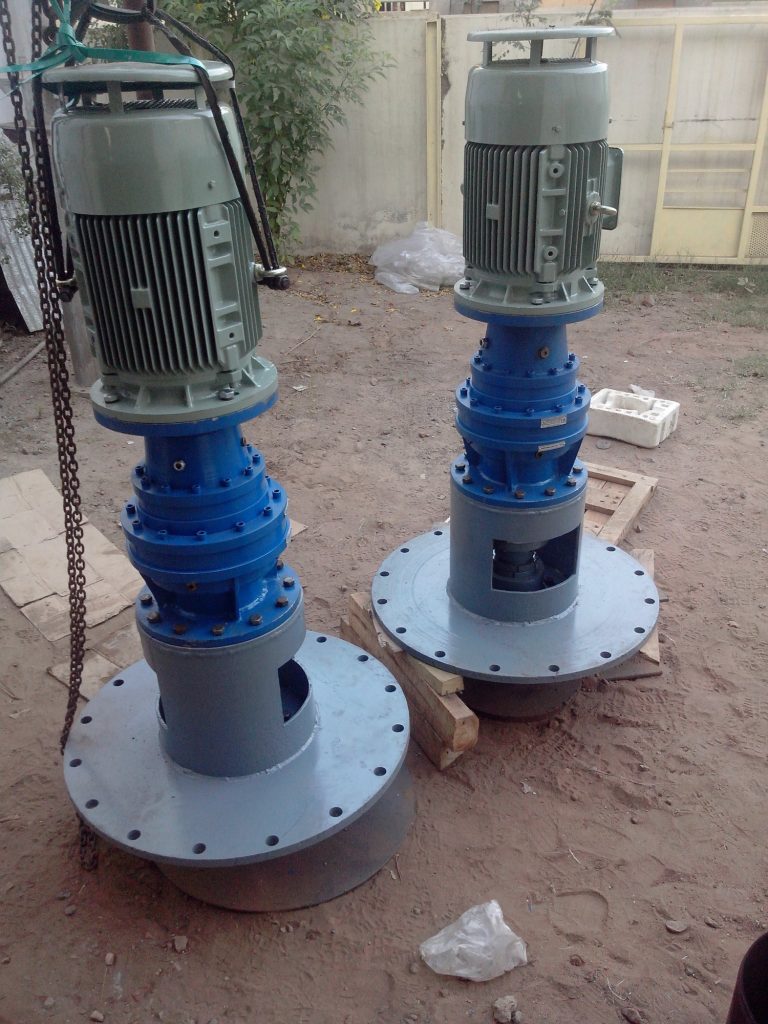In the world of manufacturing and industrial processes, the role of mixing solutions cannot be overstated. Whether it is blending ingredients in the food and beverage industry, ensuring chemical reactions in pharmaceuticals, or achieving homogeneity in chemical manufacturing, efficient mixing is a critical step. At the forefront of this essential process are industrial agitators, which have undergone significant innovation to lead the way in optimizing mixing operations across various industries. Industrial agitators are versatile machines designed to promote the uniform mixing of materials in tanks, vessels, and reactors. Over the years, these devices have evolved significantly to meet the evolving needs of industries seeking higher efficiency, improved quality, and reduced costs. Here, we explore some of the innovative mixing solutions that industrial agitators offer and the impact they have across different sectors.
Advanced Impeller Designs – Traditional agitators relied on basic impeller designs like propellers and turbines. However, today’s agitators feature highly sophisticated impeller designs. These include hydrofoil impellers, pitched blade turbines, and high-efficiency propellers, each tailored to specific mixing applications. For example, hydrofoil impellers are excellent for high-viscosity fluids, while pitched blade turbines are ideal for blending delicate materials without causing damage.

Customization for Specific Processes – Industrial agitators are now highly customizable, allowing engineers to design solutions tailored to the unique requirements of a given process. Customization can involve factors such as vessel geometry, material compatibility, and the desired level of agitation. This adaptability ensures optimal mixing in diverse applications, from cosmetics production to wastewater treatment.
Computational Fluid Dynamics CFD Modeling – CFD modeling has revolutionized the design of industrial agitators. Engineers can now simulate the flow patterns and fluid behavior within a mixing vessel, enabling them to optimize agitator design for efficient mixing and reduced energy consumption. This approach not only enhances performance but also reduces trial-and-error in agitator design.
Improved Energy Efficiency – Energy consumption is a significant concern in many industries. Modern industrial agitators incorporate energy-efficient features like variable speed drives, which adjust the agitator’s rotational speed based on process requirements. This results in lower energy consumption and operational costs.
Sanitary and Hygienic Design – In the food and pharmaceutical industries, maintaining sanitary conditions is paramount. Innovative agitator designs include sanitary seals, surface finishes, and materials that are compliant with stringent hygiene standards. This ensures that the final product remains uncontaminated and safe for consumption.
Integration with Automation and Control Systems – Industrial agitators are increasingly integrated into automation and control systems, allowing for precise control over the mixing process. This integration enables operators to monitor and adjust mixing parameters in real-time, leading to consistent product quality and reduced human error.
Reduced Maintenance Downtime – Innovations in materials and sealing technologies have led to agitators with longer service intervals and reduced maintenance requirements. This translates to less downtime, increased productivity, and cost savings for businesses.
Compliance with Environmental Regulations – Many industries must adhere to strict environmental regulations. Modern agitadores are designed with environmental sustainability in mind, incorporating features like leak-proof seals and reduced emissions to meet regulatory requirements.
Scalability – Mixing solutions must often accommodate changes in production volume. Modern industrial agitators are designed with scalability in mind, allowing businesses to adjust their mixing capacity without significant equipment changes.
Categories: General